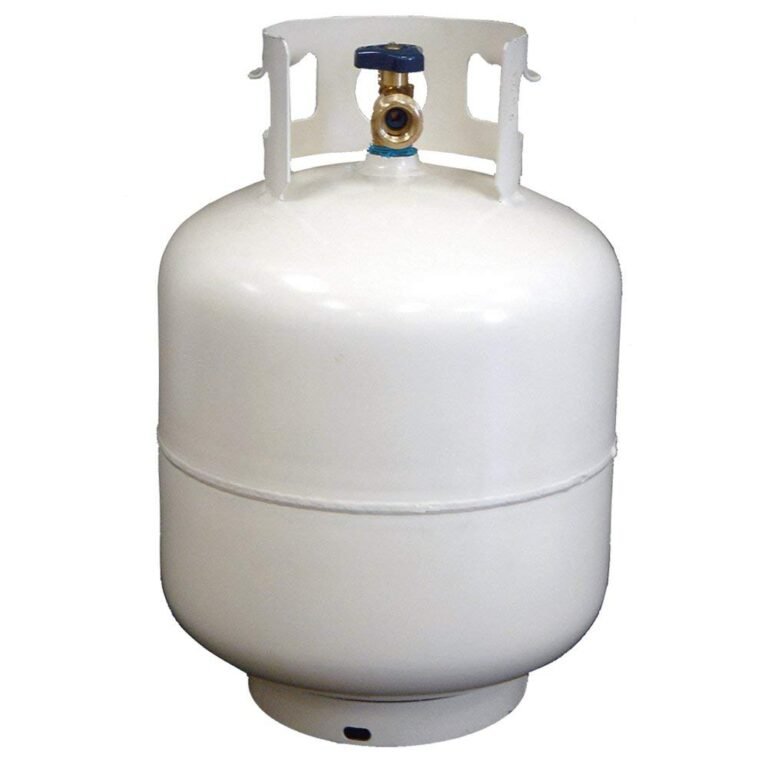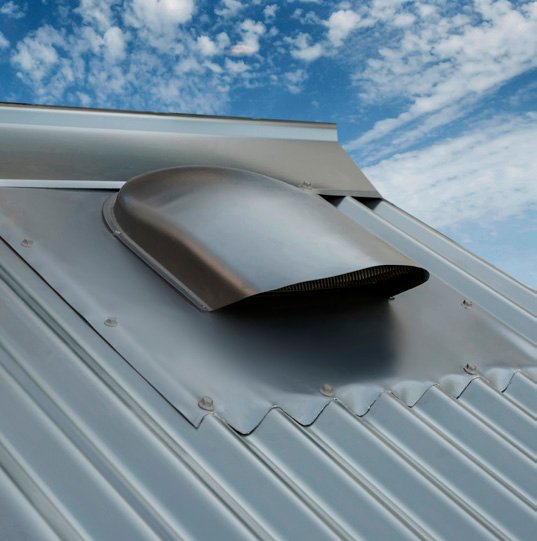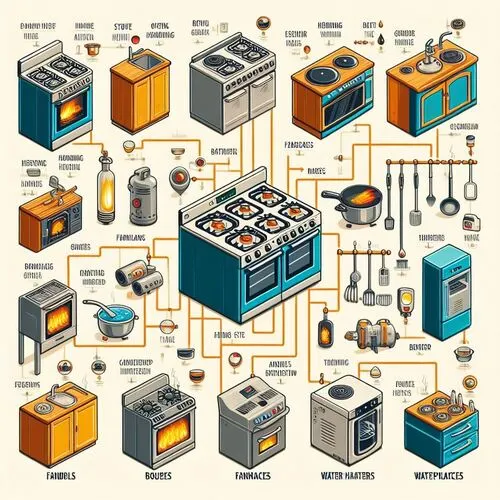The Importance of Lint Trap Maintenance for Gas Dryers
Introduction
In the realm of household appliances, dryers play a crucial role in making our lives more convenient. However, the importance of maintaining lint traps, particularly for natural gas dryers, cannot be overstated. This article delves into the significance of keeping lint traps clean, the potential hazards of neglecting this task, and the role of secondary lint traps for gas dryers.
Why Lint Trap Maintenance Matters?
Proper maintenance of lint traps is essential for both gas and electric dryers. The primary lint trap inside the dryer captures a significant amount of lint during each drying cycle. Lint accumulation, if neglected, can lead to severe consequences, such as increased fire hazards and reduced drying efficiency.
Fire Hazards
The lint that accumulates in dryer vents is highly flammable. According to the U.S. Fire Administration, thousands of residential fires each year are attributed to clothes dryers, with failure to clean being the leading factor. This underscores the importance of regular lint trap maintenance.
Reduced Efficiency
Clogged lint traps impede the airflow, causing the dryer to work harder and longer to dry clothes. This not only increases energy consumption but also shortens the lifespan of the dryer.
What is a Lint Trap for a Gas Dryer?
Secondary Lint Traps
While the primary lint trap is effective, some lint may bypass it, especially in setups with long exhaust vents or booster fan systems. This is where secondary lint traps for gas dryers come into play.
Secondary lint traps are additional devices installed in the dryer vent line to capture lint that might escape the primary trap. They are particularly beneficial in scenarios where the primary trap may not suffice.
what are the Benefits of Using a Lint Trap for a Gas Dryer?
1. Improved Drying Efficiency
By preventing excessive lint buildup in the exhaust vent, secondary lint traps facilitate better airflow, leading to faster drying times. This not only saves time but also reduces energy consumption.
2. Increased Safety
Reduced lint accumulation means lower fire hazards. Investing in a secondary lint trap adds an extra layer of safety, crucial for households where the dryer sees frequent use.
3. Extended Dryer Lifespan
With improved airflow, the stress on the dryer motor is reduced, potentially extending the lifespan of the gas dryer appliance.
4. Reduced Maintenance
Regular use of secondary lint traps results in less frequent cleaning of the primary lint trap and exhaust vent, simplifying maintenance routines.
what are the Types of Lint Traps for Gas Dryers?
Choosing the right lint trap depends on various factors, including the length and configuration of the dryer vent, the desired capacity, and personal preferences.
Types of Lint Traps:
| Type | Description |
|---|---|
| Inline Traps | Installed directly into the dryer vent line. |
| External Traps | Mounted on the outside of the dryer or on the wall near the vent outlet. |
| High-Capacity Traps | Designed for long dryer vent runs or households with large loads of laundry. |
| Mesh Traps | Fine mesh traps that capture even the smallest lint particles. |
| Disposable Traps | Convenient, with no need for cleaning, but can be more expensive in the long run. |
How to Choose the Right Lint Trap for your Gas Dryer?
Selecting the appropriate lint trap involves considering factors such as the length and configuration of the dryer vent, desired capacity, installation preferences, mesh size, and budget.
Choosing the Right Lint Trap:
- Vent Configuration: Consider the length and configuration of your dryer vent.
- Capacity: Choose a trap with the appropriate capacity for your needs.
- Installation: Decide between inline or external installation based on your preferences.
- Mesh Size: Select a trap with a mesh size suitable for capturing the amount of lint your dryer produces.
- Budget: Consider your budget and whether you prefer a reusable or disposable trap.

How to Install and Maintain a Lint Trap for a Gas Dryer?
Providing clear instructions for both inline and external lint trap installations is crucial for ensuring users can perform the task correctly.
Installation Steps:
- Inline Installation: [Provide step-by-step instructions with images or diagrams.]
- External Installation: [Similarly, offer clear steps for external installations.]
Maintenance Tips:
- Cleaning Procedure: Explain how to properly clean and reinstall the lint trap after each use.
- Cleaning Intervals: Recommend cleaning intervals based on usage and lint accumulation.
what are the Additional Tips and Safety Precautions?
Ensuring the safety and optimal performance of gas dryers involves more than just installing and cleaning lint traps.
- Primary Lint Trap: Always clean the primary lint trap after every drying cycle.
- Exhaust Vent Inspection: Regularly inspect and clean the exhaust vent for any lint buildup.
- Thorough Cleaning: Use a dryer vent cleaning kit or professional service for thorough cleaning every 1-2 years.
- Avoid Operation with Clogs: Never use a dryer with a clogged lint trap or exhaust vent.

faq about lint trap for gas dryer
Is it OK to run a dryer without a lint trap?
No, Running a dryer without a lint trap is not recommended. The lint trap plays a crucial role in capturing lint generated during the drying process. Without a lint trap, lint can accumulate in the exhaust vent, increasing the risk of fire hazards and reducing the dryer’s efficiency. It is essential to always use a lint trap and clean it regularly to ensure safe and effective dryer operation.
What is a secondary dryer lint trap?
A secondary dryer lint trap is an additional device installed in the dryer vent line to capture lint that may bypass the primary lint trap located inside the dryer. These secondary traps are particularly useful in scenarios where the dryer vent is long or includes a booster fan system. Their purpose is to enhance safety by preventing lint buildup in the exhaust vent, reducing fire hazards, and improving the overall efficiency of the dryer.
Do dryers have 2 lint traps?
Not all dryers come with two lint traps. Most dryers are equipped with a primary lint trap located inside the dryer drum or door. However, in situations where the dryer vent setup is extensive, or there is a need for added lint capture, users may opt to install a secondary lint trap. This secondary trap is an extra precautionary measure to minimize lint accumulation in the exhaust vent and enhance the safety and performance of the dryer.
What do you use to vent a gas dryer?
To vent a gas dryer, a venting system is required to expel hot air and moisture from the dryer to the outdoors. The typical components used for venting a gas dryer include:
- Vent Pipe: Use a rigid or flexible vent pipe to connect the dryer to the exhaust vent.
- Vent Hood: Install a vent hood on the exterior of the house to prevent pests and weather elements from entering the vent.
- Vent Cap: Place a vent cap on top of the vent hood to promote proper airflow and prevent debris from blocking the vent.
It’s crucial to follow the manufacturer’s guidelines and local building codes when venting a gas dryer to ensure safe and efficient operation. Regular maintenance, including cleaning lint traps and inspecting the venting system, is essential for optimal dryer performance and safety.
Conclusion
In conclusion, the diligent maintenance of lint traps for gas dryers is crucial for both safety and efficiency. Secondary lint traps offer an added layer of protection, ensuring that even the smallest lint particles are captured. By choosing the right lint trap, following proper installation and maintenance procedures, and adhering to additional safety precautions, users can enjoy optimal dryer performance and significantly reduce the risk of fire hazards.
Encourage readers to prioritize lint trap maintenance, choose the right trap for their specific needs, and provide links to additional resources for more information about dryer vent cleaning and fire safety. Taking these steps will not only safeguard their homes but also contribute to the longevity of their gas dryers.







